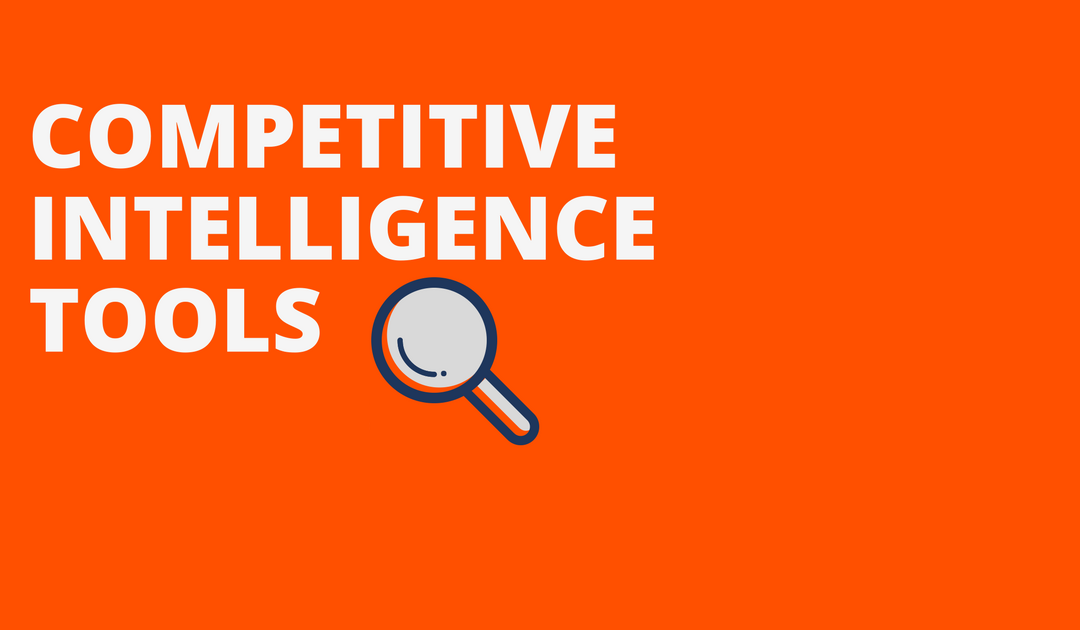
Assortment intelligence tools have revolutionized the e-commerce industry. And as this sector gets bigger and more competitive than ever, it’s vital for businesses to have the right assortment planning strategies in order to survive.
But what exactly are assortment intelligence tools and how can you use them to your advantage? And, most importantly, what attributes and capabilities should you be looking for before you invest in assortment intelligence tools, strategies, and software?
What is assortment planning?
Put simply, assortment planning is the exploration of how you choose your product catalog. It does also apply to brick and mortar shops but it has become increasingly important with the advancements of online shopping. With informed assortment planning, you can optimize your sales by presenting the right products to your customers at the right time in the browsing process. It also enables you to sell your products at the right price as well as playoff your competitors’ strengths and weaknesses.
Basically, it’s all about putting the right products in front of the right customers at the best time and for the best price. When executed properly, assortment planning can help you increase sales conversions and maximize profits.
What are assortment intelligence tools?
Though you could spend a lot of time and energy manually putting together spreadsheets of data that explore your customer browsing habits, your historic sales figures, and your merchants’ recommendations, it’s a lot more effective to use a tool that does all of these for you. An assortment intelligence tool uses big data and artificial intelligence to find and analyze the exact data that you need to inform your assortment planning strategies.
What features should you look for in assortment intelligence tools?
When it comes to investing money into an assortment planning tool, you need to make sure that you are getting bang for your buck. And that means finding something that works for your business. It’s important to remember that the needs for your particular business may differ to others and that some features may be crucial for you whilst others are not necessarily worth investing in.
Generally speaking, however, most businesses should look for the following capabilities in their assortment intelligence tools.
Simplicity
Don’t confuse yourself with overly technical interfaces and dashboards. Opt for something that is user-friendly which doesn’t require endless plug-ins and other add-ons. This tool is designed to help you so don’t waste your time on something overly complicated that will leave you confused and frustrated. You want something that you can understand and use regularly in your business operations.
With this in mind, you should also look for something with a customizable dashboard. As we’ve already discussed above, there are certain factors that may be more useful or important to you as a business than others. Having a customizable dashboard makes sure that you can adapt the reporting capabilities to suit your own specific needs. This allows you to stay focused on your business and the information that will help you boost your profits.
Competitor Analysis
In an increasingly competitive e-commerce market, keeping on top of your competitors is crucial. You, therefore, need to invest in a tool that can provide real-time analysis of your competitors’ product catalog and pricing. This will allow you to modify your own catalogs and pricing efforts in real-time too which means you’ll never be behind the competition again.
Real-time Pricing
In the digital age, beating your major competitors on price is simply not enough to secure a sale. With prices fluctuating all the time, you need dynamic pricing strategies in place at all times to remain competitive. The best assortment intelligence tools will enable you to use a number of different pricing strategies such as real-time automatic price adjustments based on your competitors’ prices, smart-cart or basket-based pricing and loss leader pricing to name but a few.
Product Life Cycle Analysis
All products have a life cycle that spans several stages. Setting a good initial price when the product is first introduced to the market is essential. Once your product has been introduced to the market, providing that it starts selling, it will gain some traction with new buyers and various demographics during what is referred to as a growth phase. During this phase, you may be able to increase production, reduce cost per unit and offer a cheaper price to keep increasing your product’s popularity. After this, most products reach a maturity phase where sales reach stability and the market becomes saturated with similar products. And the final phase is the inevitable decline phase.
Knowing where you are in this cycle is key to making sure that your product is sold at optimal pricing. A good assortment intelligence tool should be able to track all of the various factors which could place your product in any of the above-mentioned phases. With regular real-time reporting on these factors, you should be able to price your products accordingly and plan effective strategies to keep your business moving forward.
Conclusion
Investing in a proper assortment intelligence tool allows you to automate all your assortment and pricing activities. Having real-time actionable insights into your business reported to you on a continuous basis will save you and your staff endless hours of work which in turn enables you to focus your time and energy on other things that will increase your profits.

